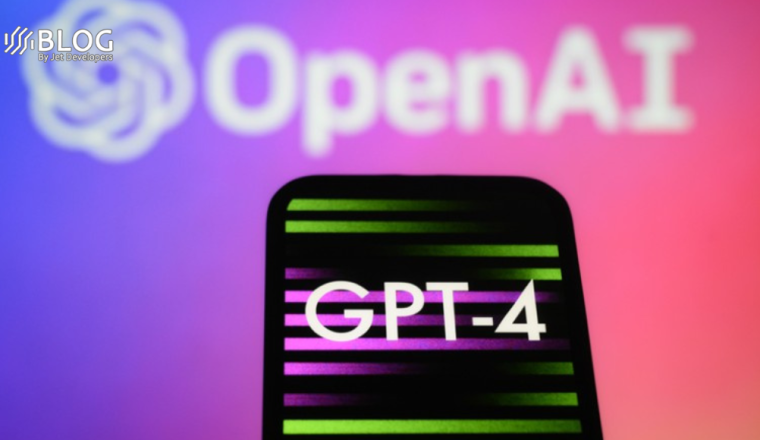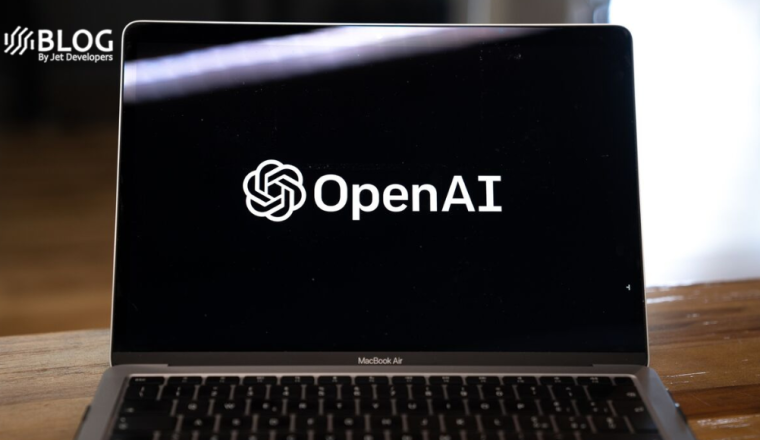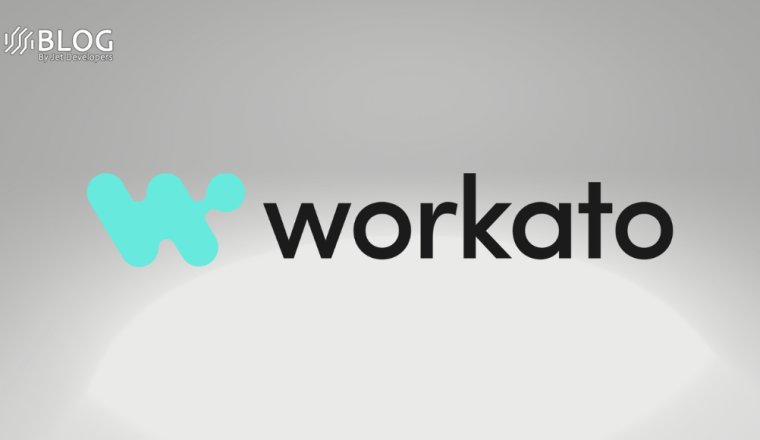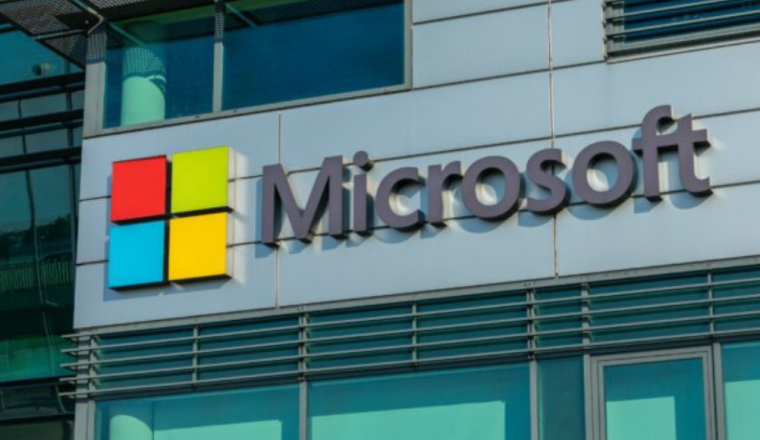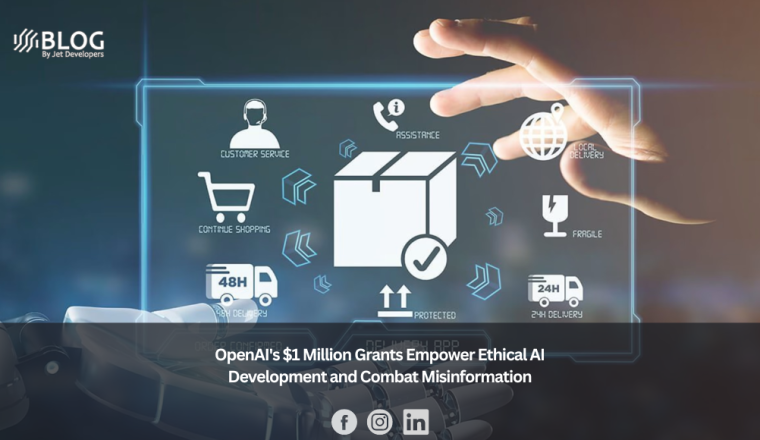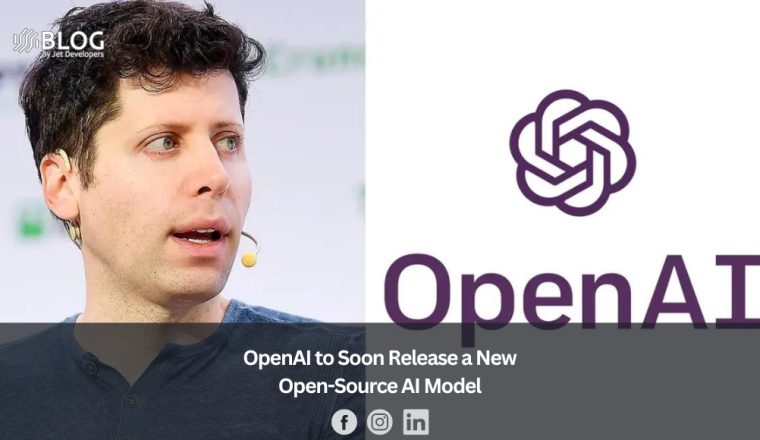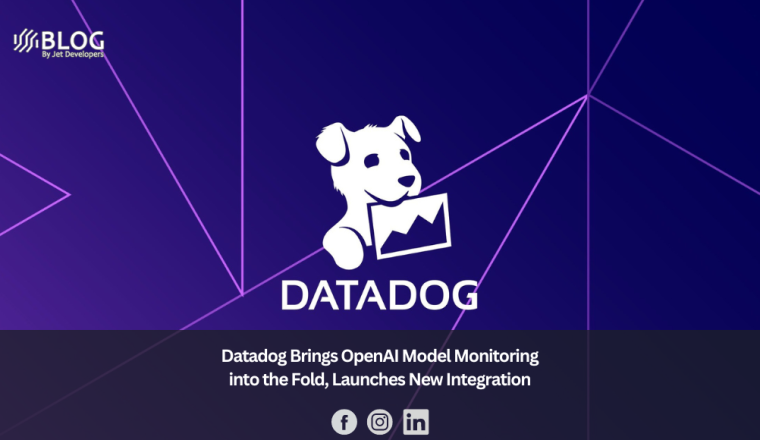OpenAI Announces General Availability of GPT-4
OpenAI has made an exciting announcement today, revealing the general availability of GPT-4, its latest text-generation model, via the OpenAI API. Existing OpenAI API developers with a successful payment history can access GPT-4 starting immediately. OpenAI plans to gradually expand access to new developers by the end of this month, and availability limits will be adjusted based on compute availability.
Since March, millions of developers have eagerly requested access to the GPT-4 API, and OpenAI is witnessing a growing range of innovative products leveraging the power of GPT-4. OpenAI envisions a future where chat-based models can support any use case.
Compared to its predecessor, GPT-3.5, GPT-4 offers notable improvements. It can generate text, including code, and accepts both image and text inputs. GPT-4 performs at a “human level” on various professional and academic benchmarks. The training data for GPT-4 includes publicly available information from web pages, as well as licensed data obtained by OpenAI.
However, the image-understanding capability of GPT-4 is currently limited to a single partner, Be My Eyes, as OpenAI conducts testing. OpenAI has not disclosed when this functionality will be made available to a wider customer base.
It’s important to note that, like any generative AI model, GPT-4 is not perfect. It may occasionally “hallucinate” facts and make reasoning errors, sometimes with unwarranted confidence. It also lacks the ability to learn from experience, making it prone to failures in complex tasks such as introducing security vulnerabilities in generated code.
OpenAI plans to introduce the capability for developers to fine-tune GPT-4 and GPT-3.5 Turbo, another recent text-generation model, with their own data, as has been possible with previous OpenAI models. This feature is expected to be available later this year.
The competition in generative AI has been intensifying since the unveiling of GPT-4 in March. Anthropic, for instance, expanded the context window of its text-generating model Claude from 9,000 tokens to 100,000 tokens. Context window refers to the amount of text considered by the model before generating additional text, while tokens represent units of raw text. GPT-4 previously held the record for a context window, offering up to 32,000 tokens. Models with smaller context windows tend to forget the content of recent conversations, leading to a loss of coherence.
In a related announcement, OpenAI also made its DALL-E 2 image-generating model and Whisper speech-to-text model APIs generally available. OpenAI plans to deprecate older models in its API to optimize compute capacity. Starting from January 4, 2024, GPT-3 and its derivatives will no longer be accessible. They will be replaced by new “base GPT-3” models, which are expected to be more computationally efficient. Developers currently using the older models will need to manually upgrade their integrations by January 4. Those interested in continuing to use fine-tuned old models beyond that date will have to fine-tune replacements based on the new base GPT-3 models. OpenAI will provide support to users to ensure a smooth transition and will reach out to developers who have recently used the older models with further instructions and information about testing the new completio



